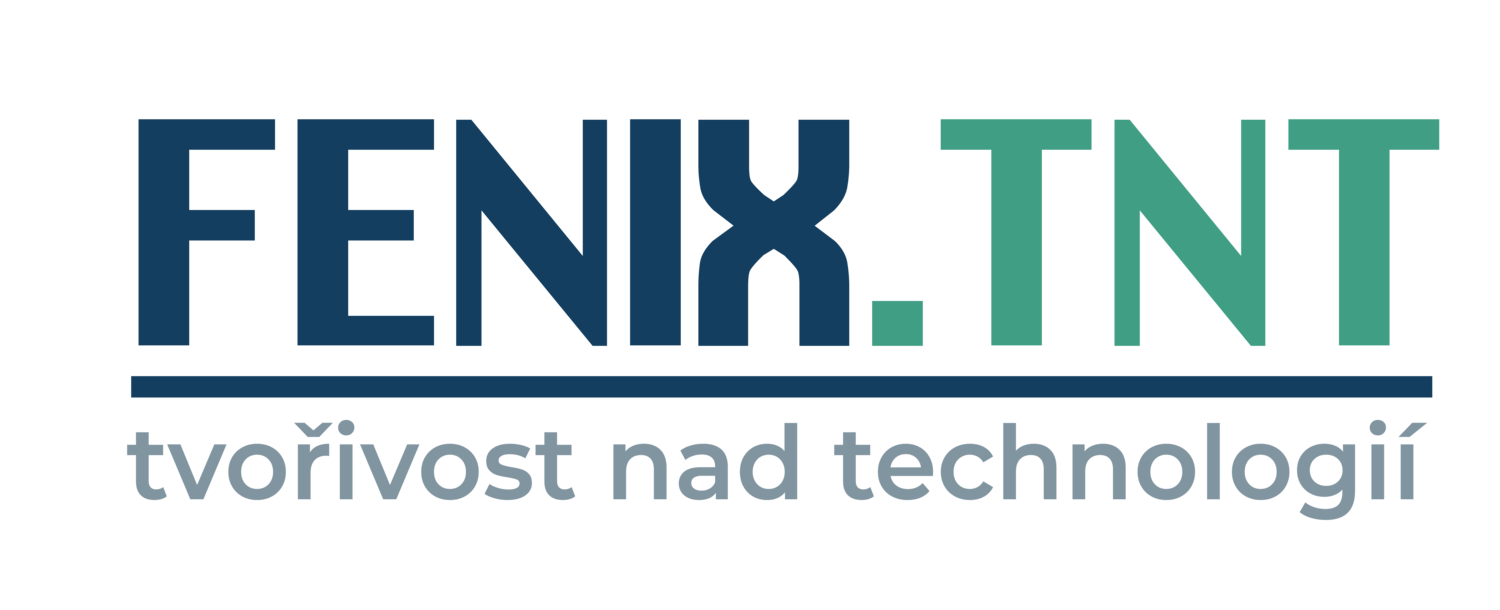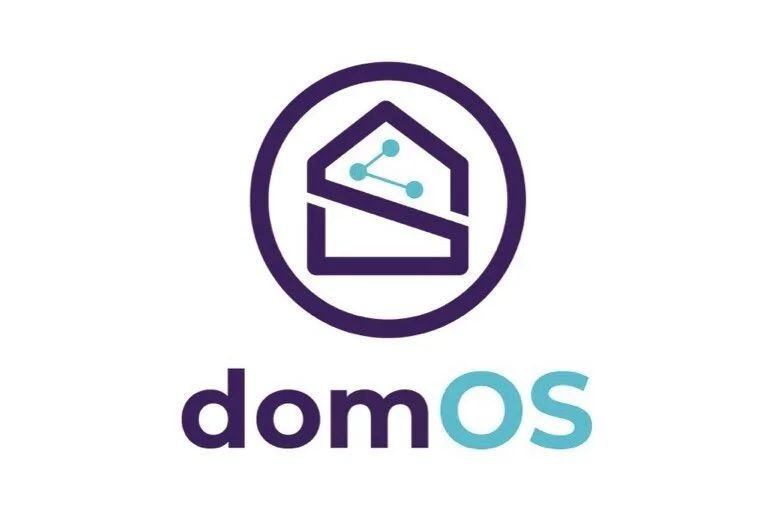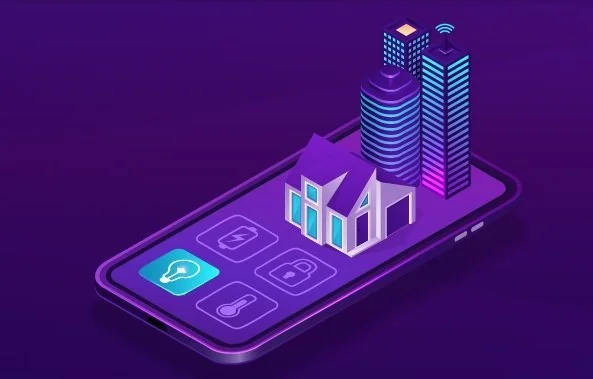OPERATING SYSTEM FOR SMART SERVICES IN BUILDINGS
Duration
Starting date - September 01, 2020
End date - August 31, 2023
OUR ROLE
Dissemination, communication and exploitation leader
coordinator
HAUTE ECOLE SPECIALISEE DE SUISSE OCCIDENTALE, Switzerland
Funding program and Area
H2020-EU.3.3.1. - Reducing energy consumption and carbon footprint by smart and sustainable use
Upgrading smartness of existing buildings through innovations for legacy equipment
-
Vision:
Any application for visualisation, energy optimisation, home automation and others can access any field data, if authorisation is granted, independently of the local communication network technology.
Applications, together with the building local communication system, form the IoT ecosystem for buildings. Features of the IoT ecosystem for buildings:
Open: Multiple applications from different vendors can access building sensor data and/or control building set points.
Secure: Applications, users and gateways dispose of integrated authentication and access control mechanisms. Facility managers (commercial buildings) or households (residential buildings) can control privacy: they decide which application has access to which data.
Multi-service: Several applications can access the building infrastructure in parallel. Access rights assign control capability for a set point to a unique application.
-
Vision:
Applications and local communication systems share a common nomenclature (ontology) for field data (e.g. name for “instantaneous power for heat pump”) and building meta-data (“The air-water heat pump is used for domestic hot water preparation and space heating”).
Demonstrators’ requirements will drive the elaboration of the shared nomenclature. Existing ontologies will be evaluated and completed according to these requirements.
-
Vision:
Smart services make buildings more energy efficient, more flexible and give more to occupants and facility operators.
Increased energy efficiency:
Control based on distributed sensors and actuators increase the efficiency of space heating.
Detection of the suboptimal configuration of heating appliances based on automated analysis of monitoring data.
Energy dashboard leading to a more energy-conscious behaviour for occupants.
Increase flexibility:
Management of heating appliances for space heating and domestic hot water, electrical vehicle charging and battery energy storage. Techno-economic optimization: increased self-consumption at vertically nested systems (buildings, microgrids, local energy communities, distribution grids). up to a Transmission System Operator’s (TSO) control zone, and are deployed in the context of electricity and District Heating (DH) grids.
domOS will also design, deploy and evaluate smart services that aim at empowering users by increasing their level of understanding of their building as an energy system and by providing them with tools that assess the consumption and suggest proposals for improvements.
-
Smart services for existing buildings are deployed in several demonstration sites, using different frameworks compatible with the domOS IoT ecosystem specification. Their performance regarding technology, energy, user experience and business is assessed.
Supported smart services:
Smart services have their intelligence either hosted on a building local gateway, in the cloud or mix.
Smart services relate to different types of buildings (tertiary/residential buildings, single-family / multiple families).
Smart services feature dynamics ranging from one second to several hours.
Smart services enable any application to have read and/or write access to any input/output point in field devices/appliances if users allow it.
Smart services integrate existing buildings into larger information systems, such as those in use for energy grid operation and energy markets.
OBJECTIVE
Demonstration
Smart services for existing buildings will be deployed in several demonstration sites, using different frameworks compatible with the domOS IoT ecosystem specification. Their performance regarding technology, energy, user experience and business will be assessed. The demo sites are located in Sion (CH), Paris (F), Aalborg (DK), Neuchâtel (DK) and Skive (DK).













